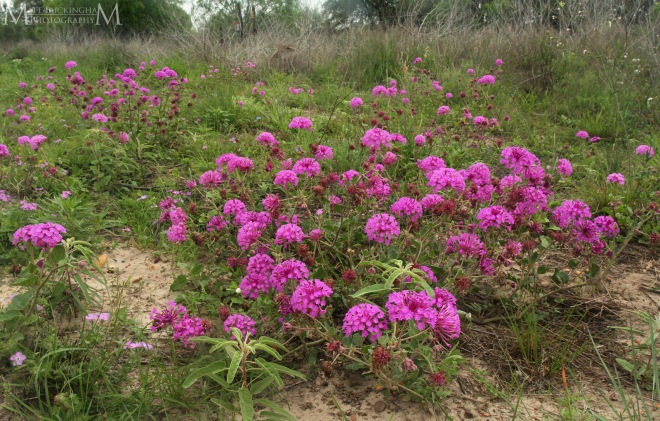
Amelia’s Sand Verbena blooms in the South Texas Sand Sheet
The South Texas Sand Sheet occurs across a handful of South Texas counties. It consists of layer of loose sand that was blown inland from the Gulf of Mexico in the Holocene. The sand sheet is home to a suite of endemic plant species. Perhaps the most spectacular is the Amelia’s Sand Verbena (Abronia ameliae), which can be found nowhere, save the South Texas Sand Sheet.
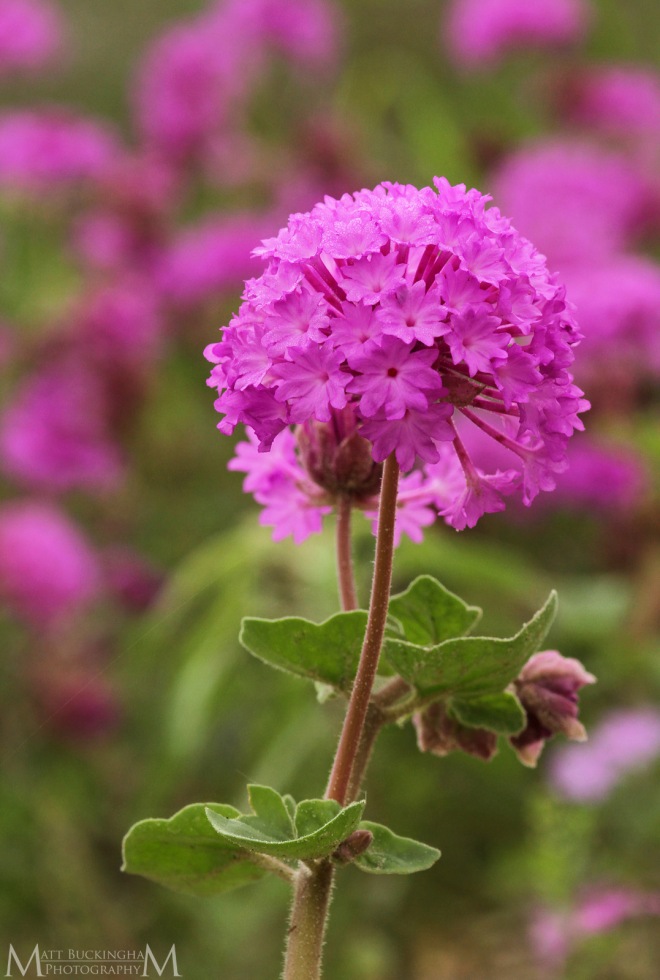
Amelia’s Sand Verbena
While returning home from the Rio Grande Valley we passed through the sand sheet. I began seeing splashes of a deep pinkish purple passing as a blur at 75 miles per hour. Finally after seeing a large field of pink I shouted “STOP!” And my dad, despite his better judgement pulled over into the right of way of the busy highway and backed up to the spot that caught my eye.
The Amelia’s Sand Verbena was blooming en masse. It was great to see such a rare, range-restricted plant thriving. Recent rains may have helped provide such a spectacular bounty of flowering plants. Growing among the sand verbena were a number of other South Texas specialties, including Rio Grande Phlox (Phlox glabriflora).
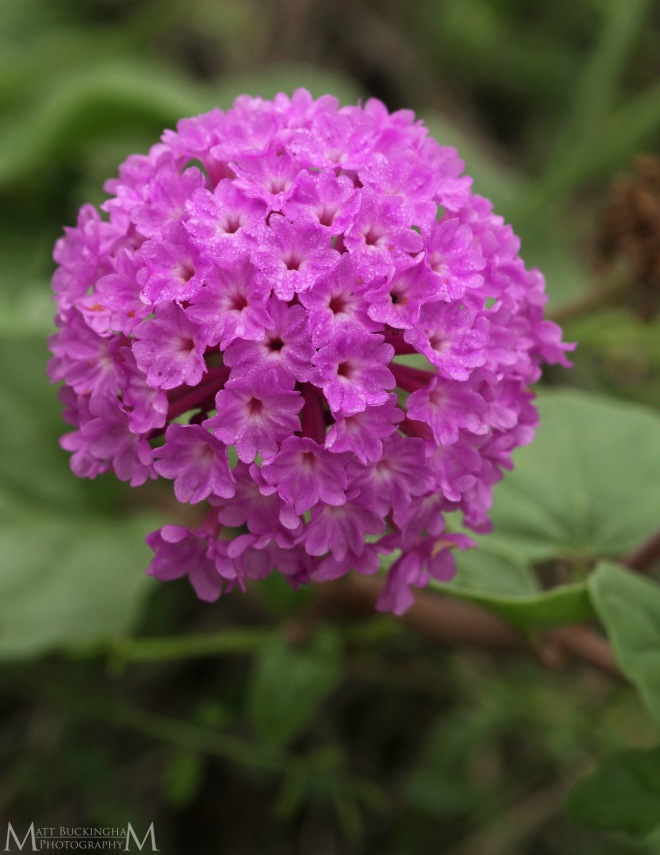
Amelia’s Sand Verbena
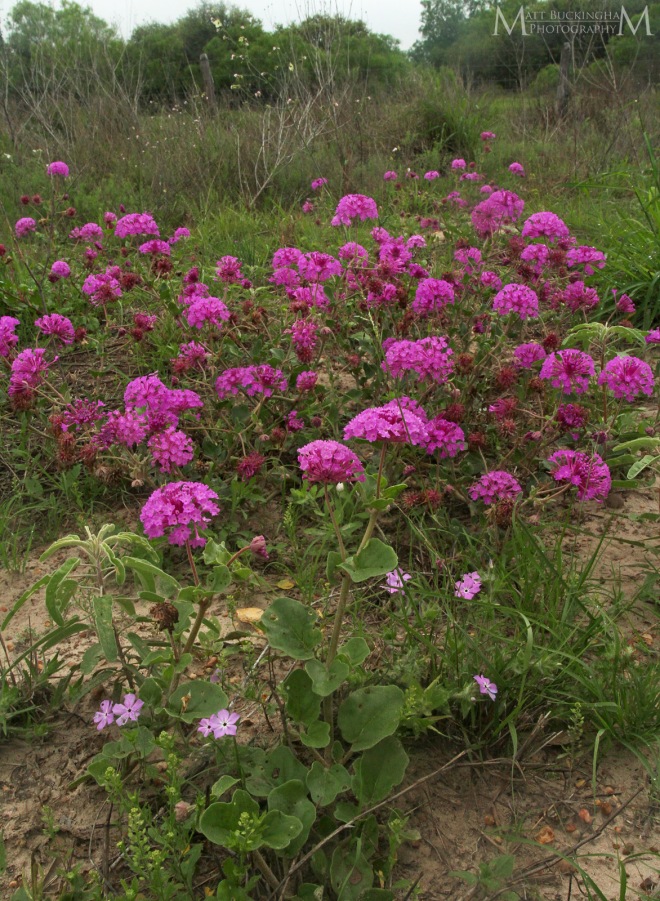
Amelia’s Sand Verbena and Rio Grande Phlox bloom in the South Texas Sand Sheet
It was a cool, overcast morning, so there were not many pollinators around. We did however notices a stealthy predator nestled within the amble flowers on the inflorescence of one of the sand verbenas: a Crab Spider.
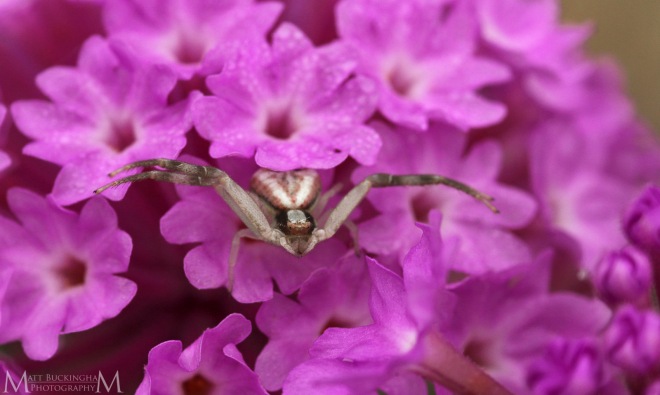
A Crab Spider hidden in the blooms of an Amelia’s Sand Verbena awaits a meal
Seeing these South Texas Sand Sheet endemics was the perfect ending to an incredible trip full of biodiversity. I was sad that it was coming to an end, but I took comfort in the fact that there were many other natural wonders still waiting to be explored.
